The International Energy Agency's latest World Energy Outlook report has shed light on the future of electricity, revealing both promising trends and daunting challenges. Released in its annual report, the agency's findings paint a complex picture of the global energy landscape, with significant implications for businesses and policymakers alike.
According to the report, renewable energy sources are expected to account for 95% of the world's electricity growth over the next two decades, with solar and wind power leading the charge. By 2050, the agency predicts that solar energy will become the largest source of electricity globally, surpassing coal and natural gas. This shift towards cleaner energy sources is driven in part by declining costs, with the cost of solar energy falling by over 70% in the past decade.
The report also highlights the growing importance of energy storage, with the agency estimating that the global energy storage market will reach $1.4 trillion by 2050. This growth is being driven by the increasing adoption of electric vehicles, which are expected to account for over 50% of new car sales by 2040. The agency also notes that energy efficiency will play a critical role in reducing energy consumption, with buildings and industry expected to account for over 70% of global energy savings by 2050.
The market impact of these trends is significant, with the report predicting that the global energy market will undergo a fundamental transformation over the next two decades. The agency estimates that the shift towards renewable energy will create new opportunities for businesses and investors, with the global renewable energy market expected to reach $1.5 trillion by 2050. However, the report also notes that this transition will require significant investment in infrastructure, with the agency estimating that over $1 trillion will be needed to upgrade the global energy grid by 2050.
The International Energy Agency is a respected global authority on energy policy, and its findings have significant implications for businesses and policymakers around the world. The agency's report provides a comprehensive overview of the global energy landscape, highlighting both the opportunities and challenges presented by the transition to a low-carbon economy.
As the world continues to grapple with the challenges of climate change, the report's findings offer a glimmer of hope. The agency's predictions suggest that the transition to a low-carbon economy will be driven by technological innovation and declining costs, rather than government regulation. This trend is likely to continue, with the agency estimating that renewable energy costs will continue to fall by over 30% by 2050.
Looking ahead, the report's findings suggest that the global energy market will undergo a fundamental transformation over the next two decades. The agency's predictions offer a roadmap for businesses and policymakers, highlighting the opportunities and challenges presented by the transition to a low-carbon economy. As the world continues to navigate the complexities of climate change, the International Energy Agency's report provides a valuable guide for those seeking to navigate this rapidly changing landscape.
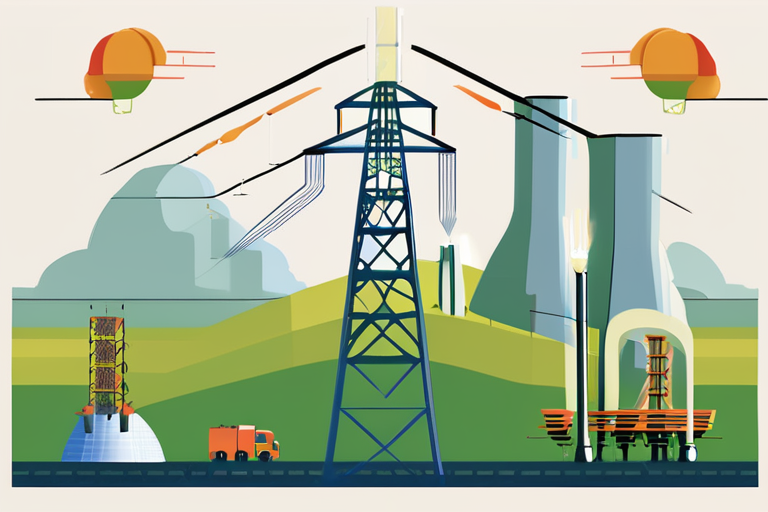




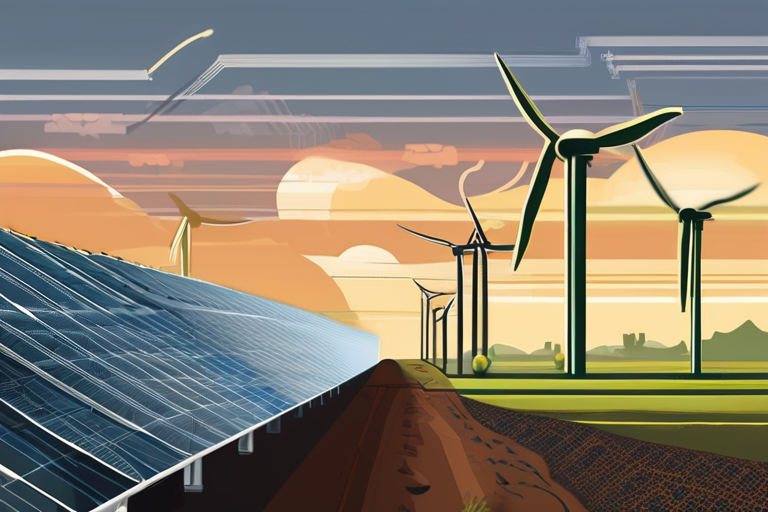





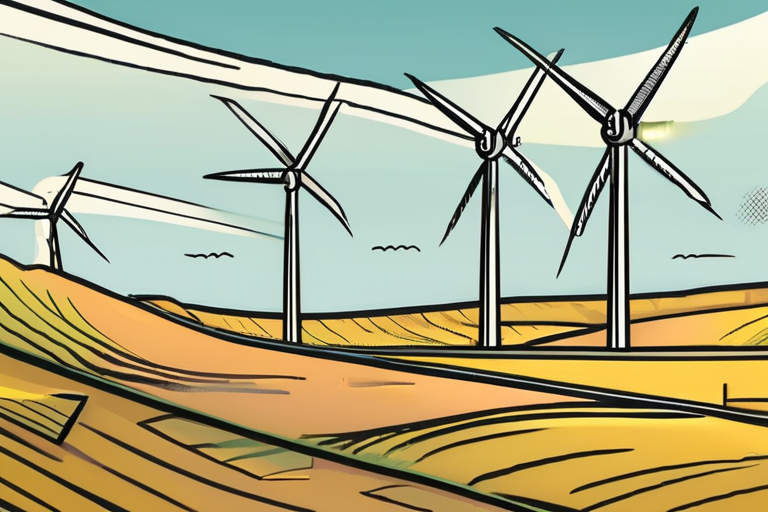
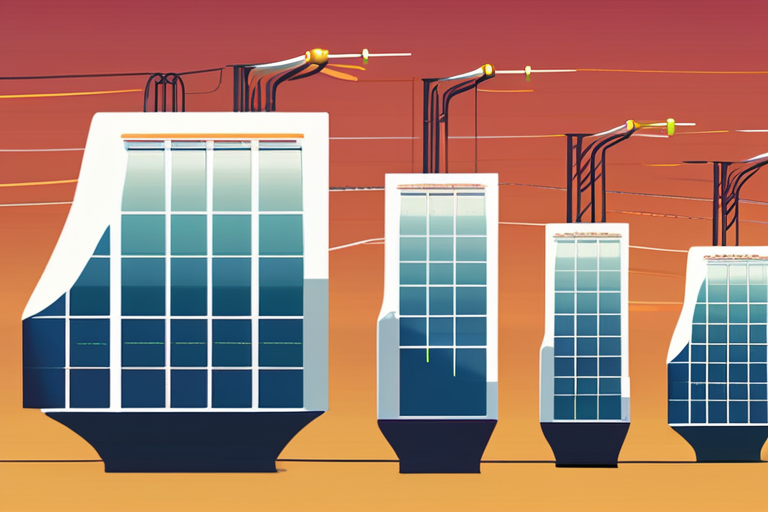
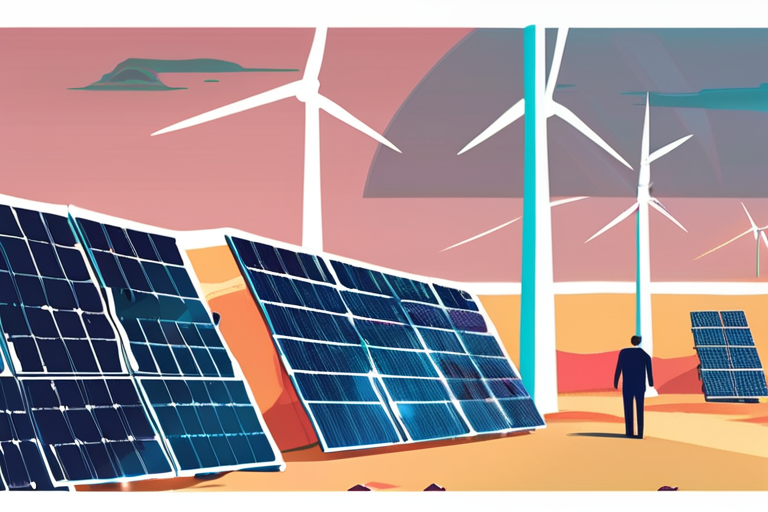
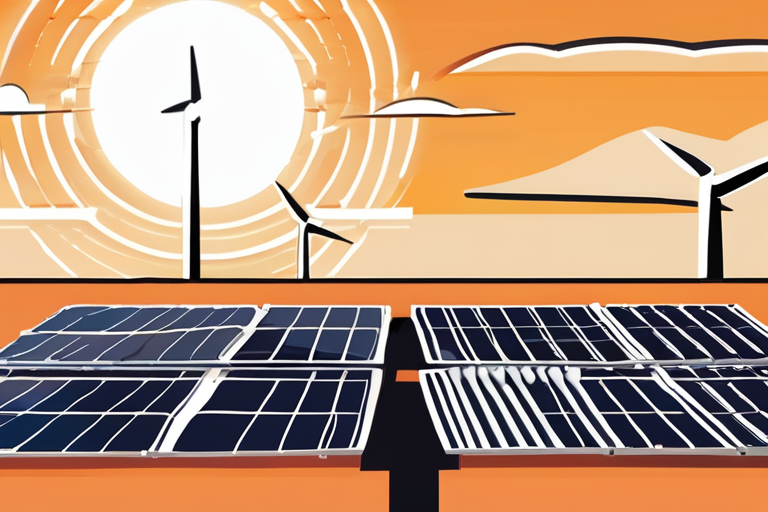
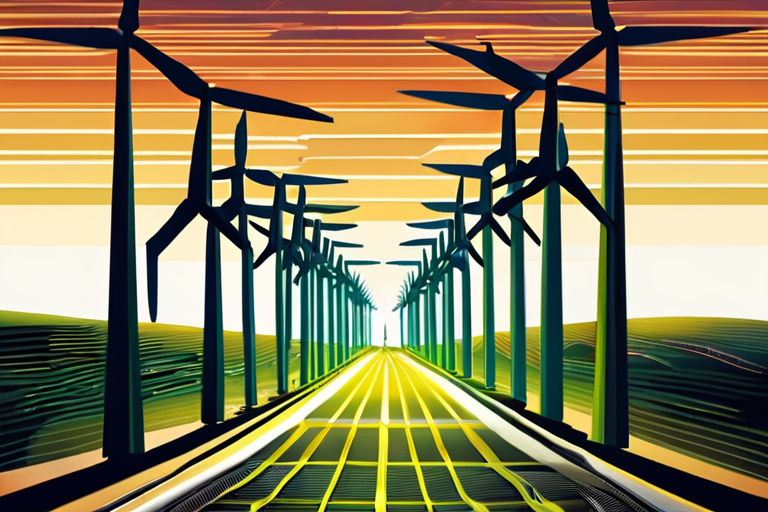

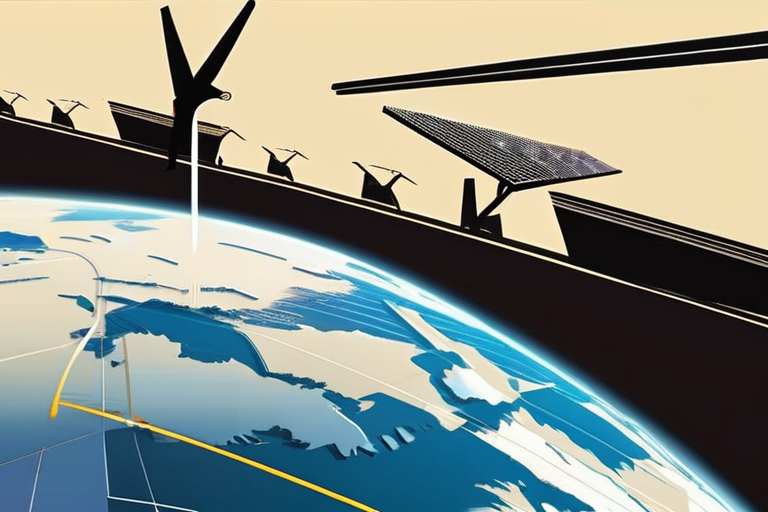

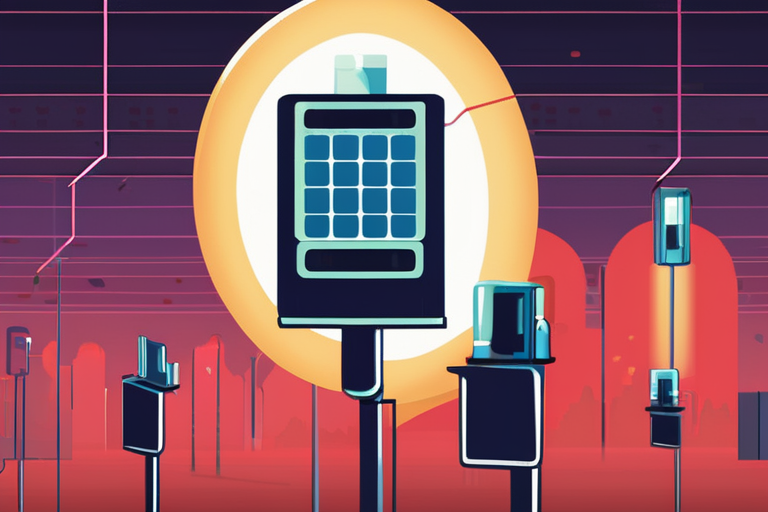

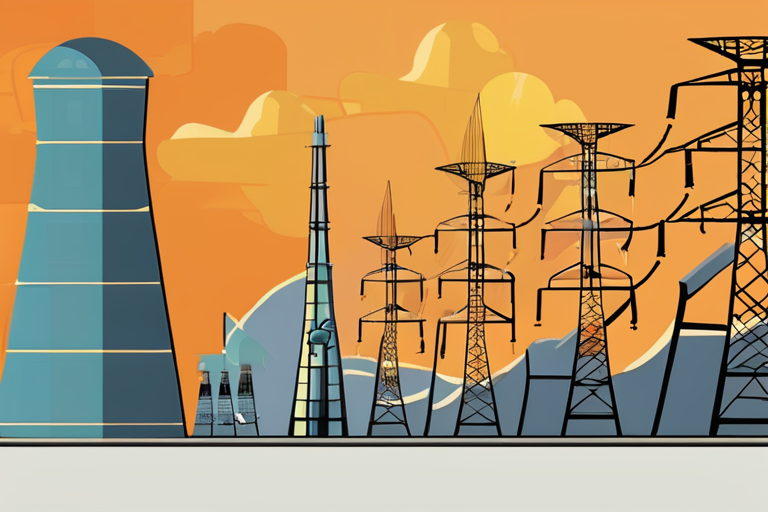
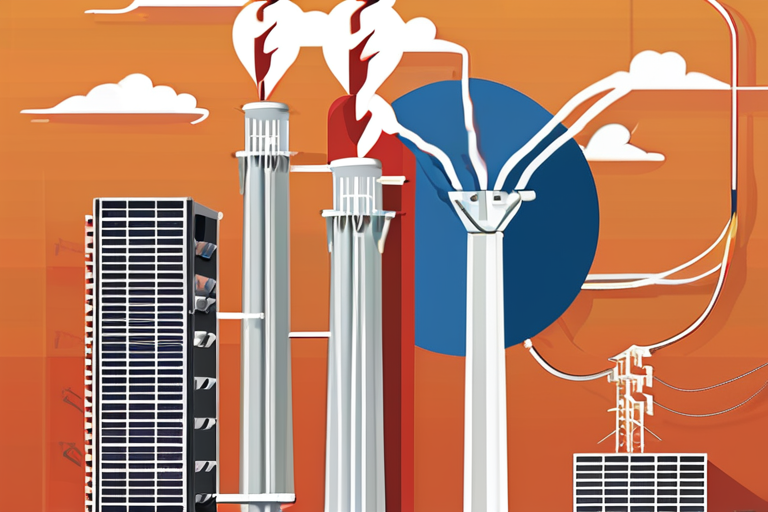

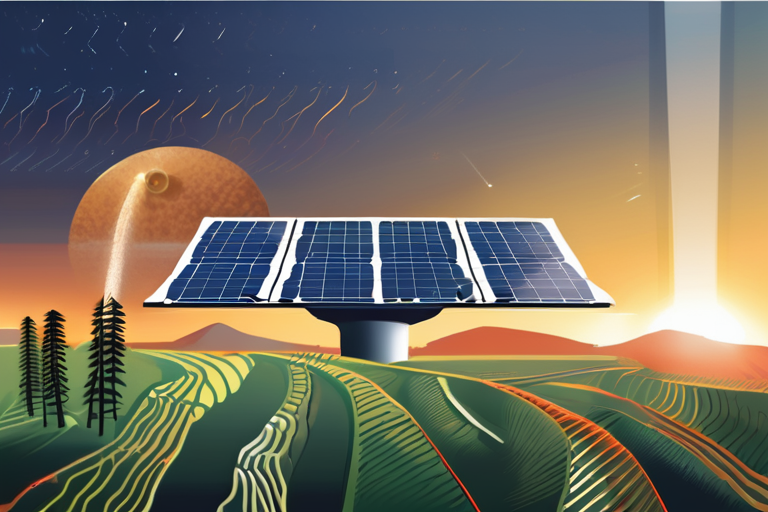


Share & Engage Share
Share this article